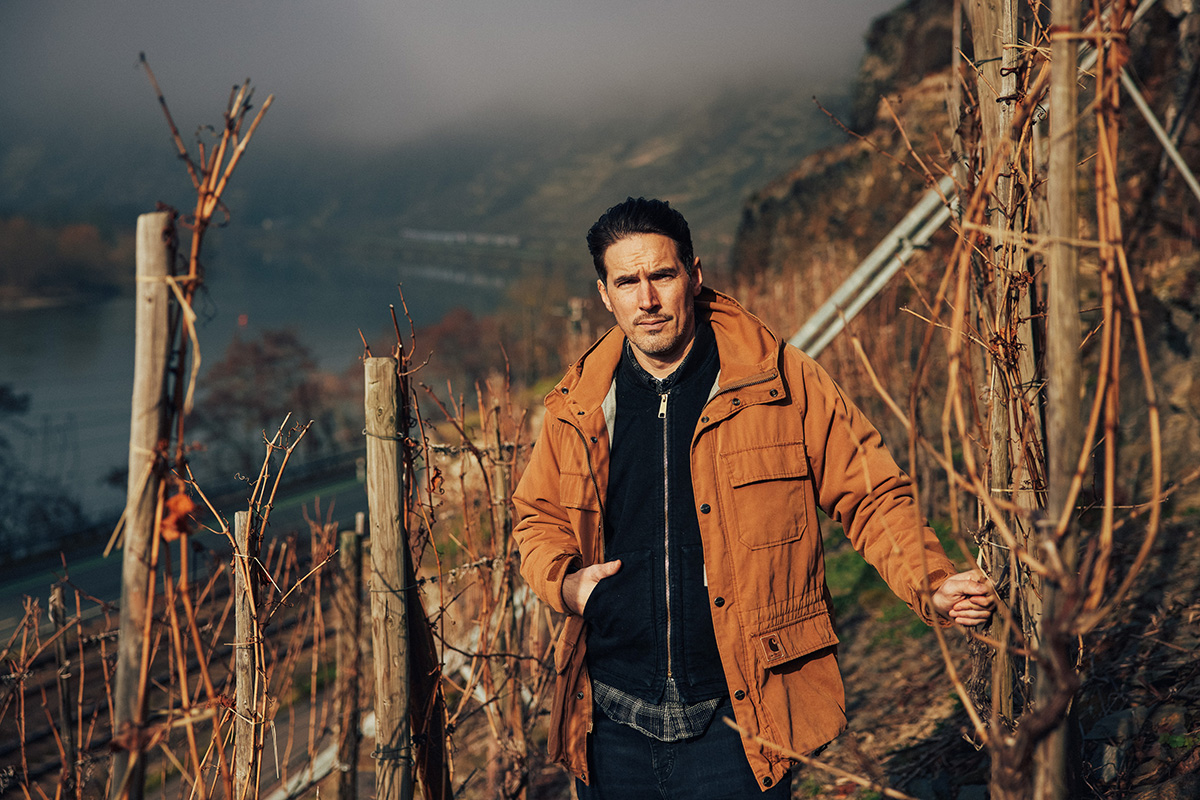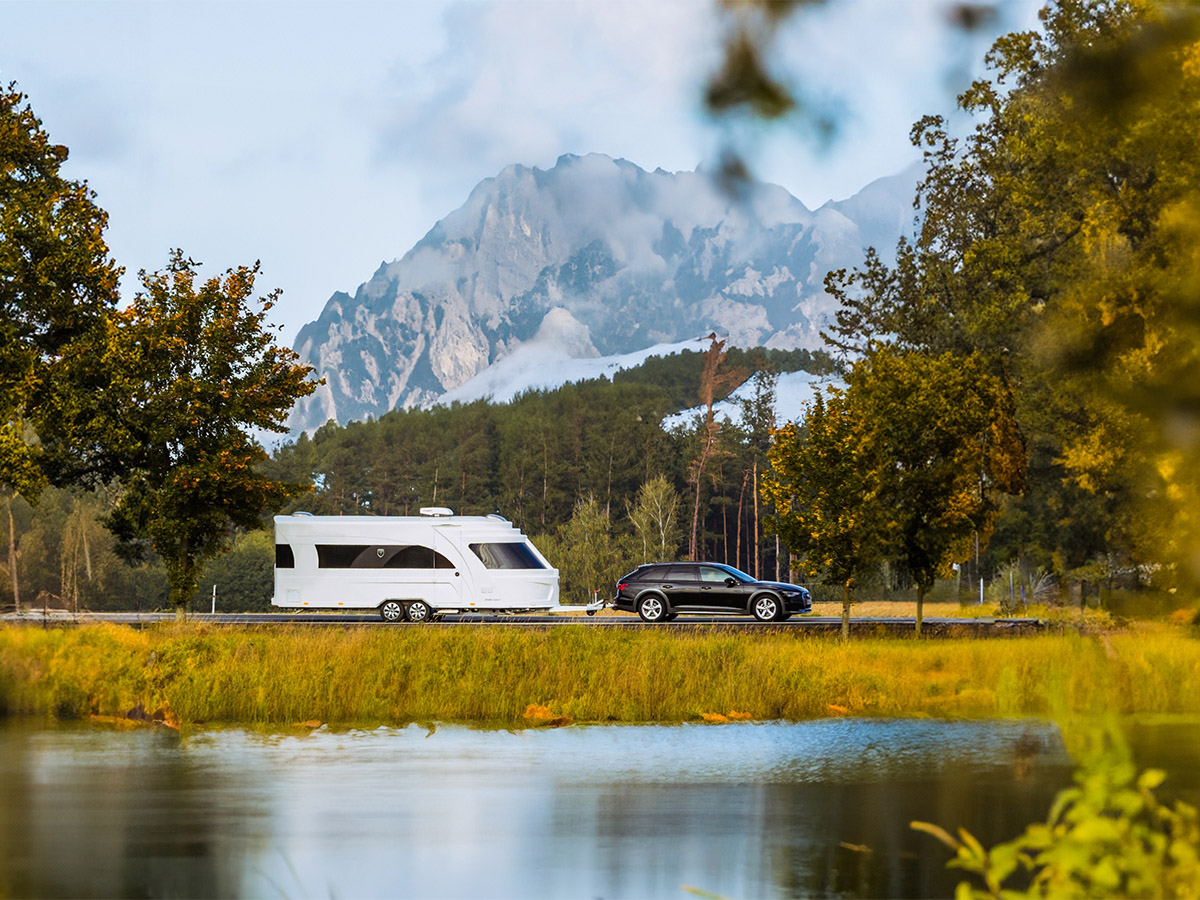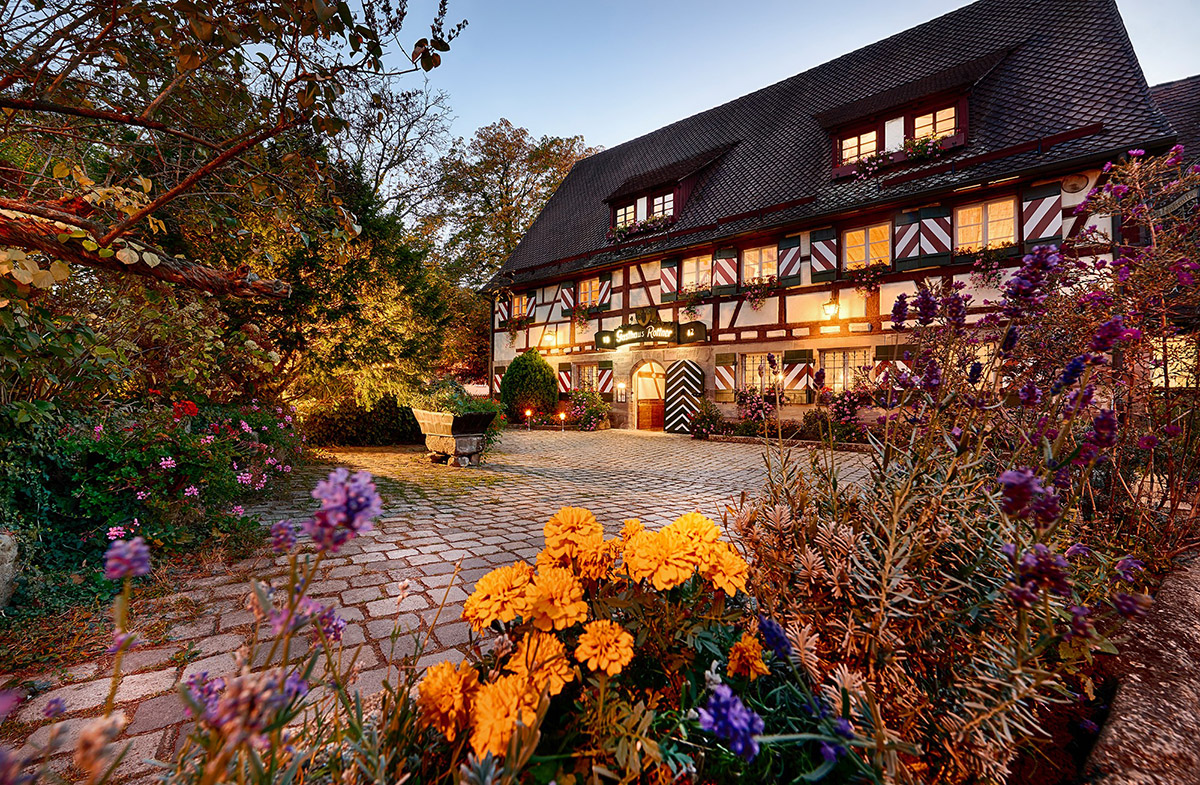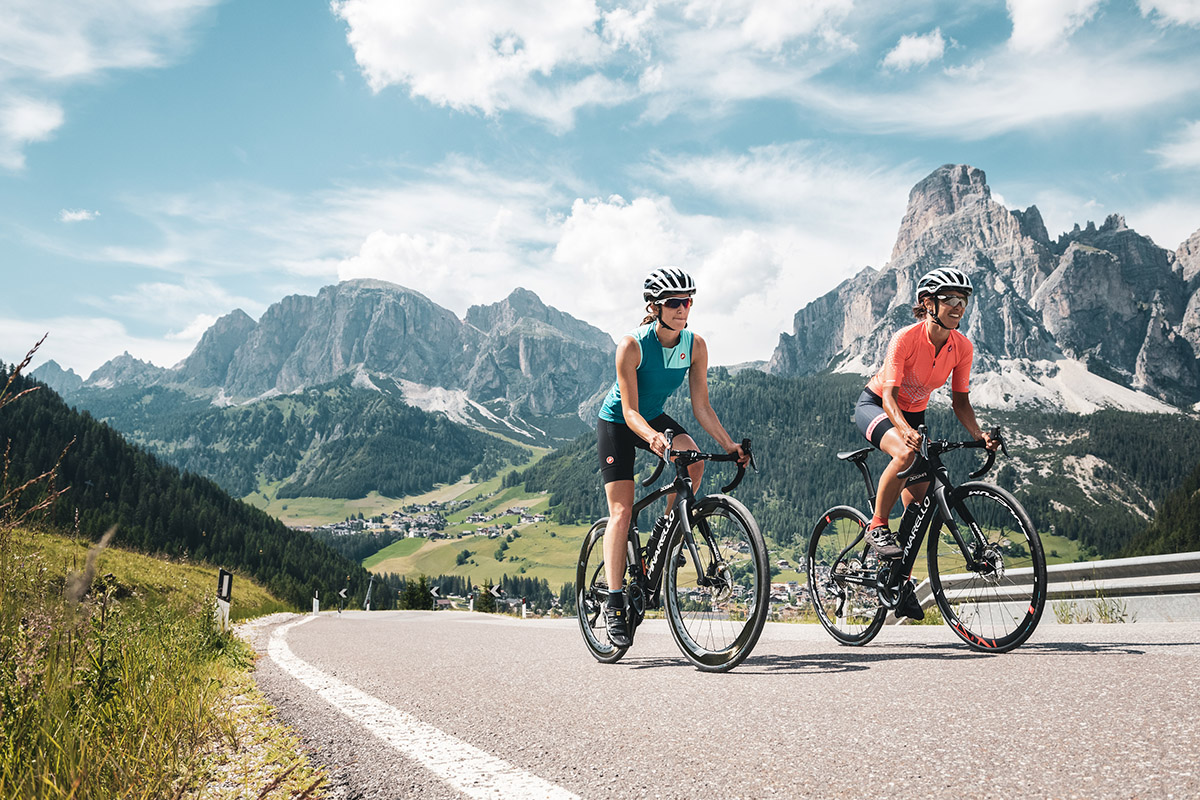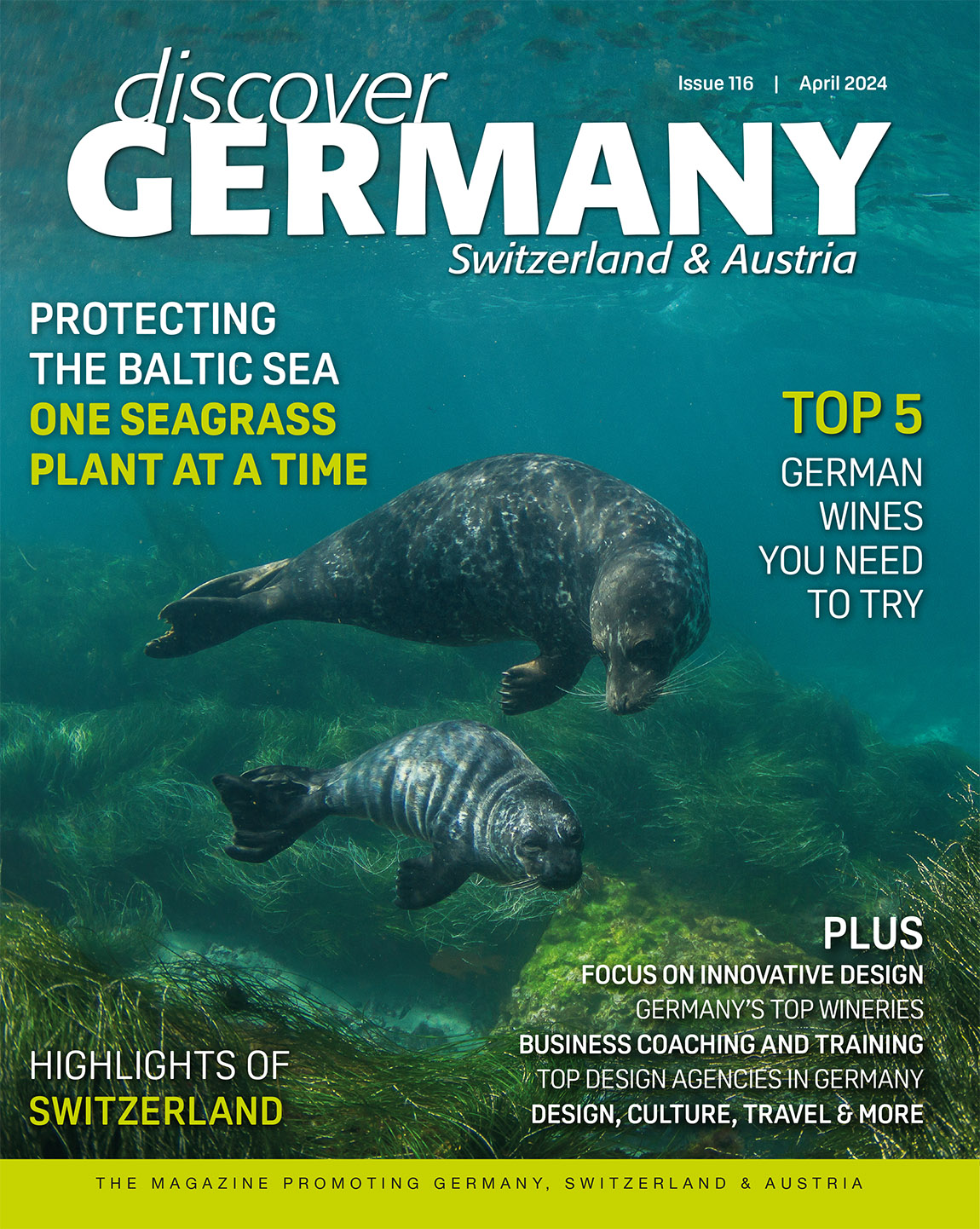Summer, sun and mountains
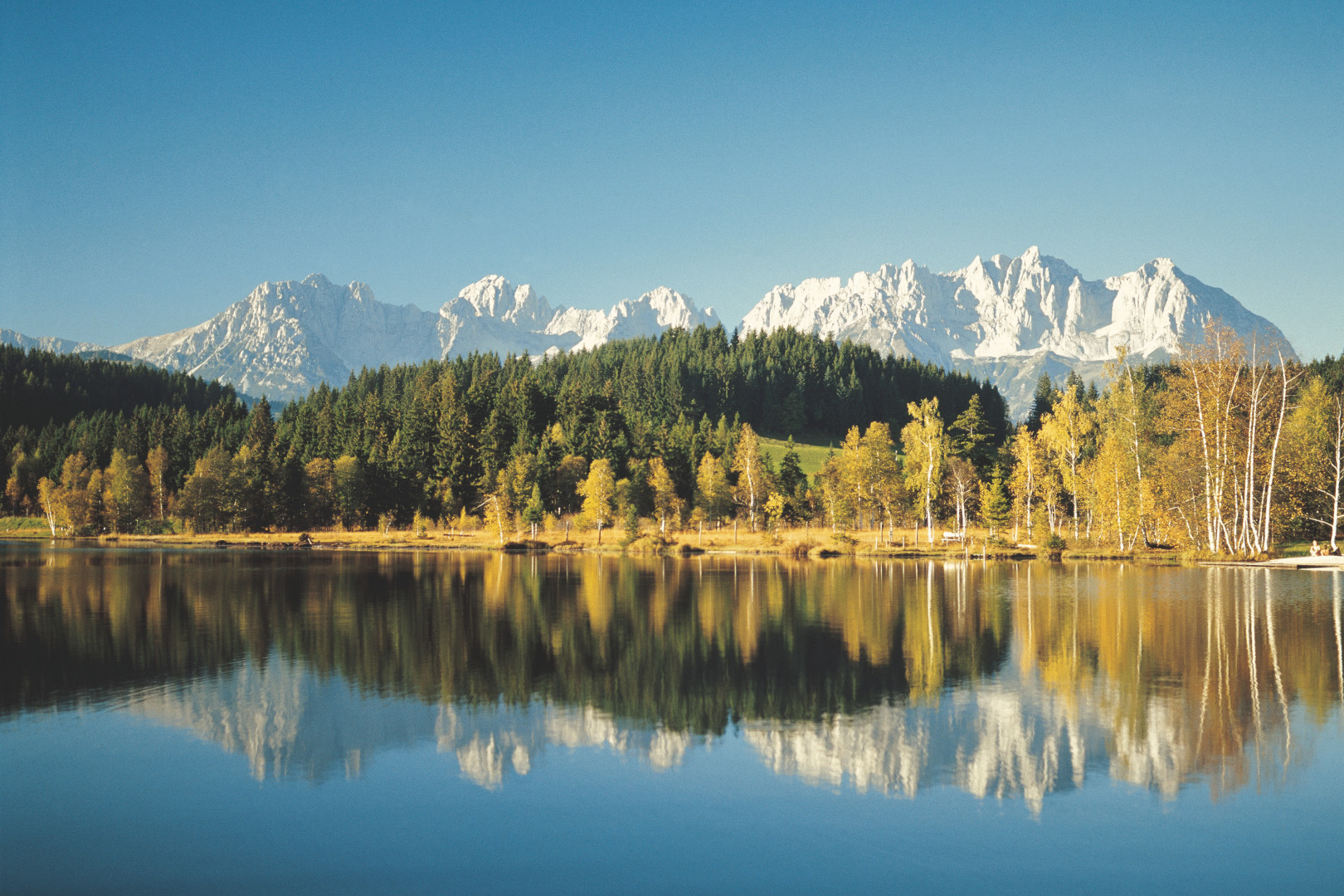
Austria might not be the first choice for bathing and swimming enthusiasts when it comes to planning the summer holidays. The country does not have any access to an ocean or the Mediterranean Sea as Italy or Spain have; and usually one associates mountains, snow and skiing with it. Nevertheless, you might want to give it a second thought considering the numerous mountain and bathing lakes the ‘Alpenrepublik’ has to offer.
Austria – the country with its spectacular alpine landscape and breath-taking views from each mountain peak. It is known and loved for the numerous possibilities in winter sports and activities: from skiing and snowboarding to sledding and snow hiking. But one can also enjoy a little beach feeling or transfer his skiing adventures from the mountain tops to the Austria’s lakes. Although it is a land-locked country, it attracts many tourists and visitors from all over the world. Even in the summer, people spend their holidays in Austria rather than at the Adriatic coast or other Mediterranean beaches of the neighbouring country Italy..

Mountain lake in the Schobergruppe; Wangenitzsee in Carinthia. © Austrian National Tourist Office, Österreich Werbung / Baumgartner
Changes in demand
During the last ten years, Austria’s tourism industry has experienced a shift: from attracting more tourists in the winter to having their busy season now during the summer. Last year, 51 per cent of all overnight stays were counted in the summer months. Most foreign tourists come from the neighbouring countries Germany and Switzerland, but also the Dutch enjoy the Alpine characterised nature and spend their holidays here. The over eight million Austrians love their home country as well and even make up a quarter of all tourist arrivals in the country and show a high domestic tourism. Of course, all these numbers do not implicate holidays and vacations only committed to bathing and swimming. But many appreciate the combination of hiking and cooling off afterwards in Austria’s fascinating nature.
Austrian lakes stand out with their impressive and breath-taking backdrop scenery of the Alpine mountains and all the other features and advantages that are involved in these special natural phenomenon. But before we consider and present different ways to enjoy this beauty of nature, we want to clarify some questions: how are these lakes created and what makes them so special compared to other lakes around the world? Most of the natural lakes are so called glacial lakes. They originate in erosive and raising action of glaciers or glacial meltwater. This provides high water quality and the often crystal clear water conditions in the lakes.

© Austrian National Tourist Office, Österreich Werbung / Viennaslide
EU-proven bathing spots
According to a report on bathing waters of Austria in 2015 by the European Environment Agency (EEA), an agency of the European Union, Austria provides excellent bathing spots. It is their job to take water samples during the bathing season lasting for 78 days from the middle of June to the very end of August. Those samples are taken to analyse them for bacteria, which may indicate the presence of pollution. Altogether, the EEA took 1,419 samples last year, which makes five per bathing water on average. And their results are superb: 99 per cent of bathing waters were tested with good or excellent water quality.
The 265 tested bathing waters offer a wide range of water activities, which promise much more than just swimming and dabbling in the lake. During an organised dive, one can discover the often breath-taking underwater worlds and various fish species, which are possible due to the high water quality. Action lovers can put all their energy on wakeboarding and water-ski stations. In some cases, the local wind and weather conditions even allow sailing and surfing fans to train their skills on the lakes. For all those who prefer to stay dry, the numerous boat rentals will have the perfect paddle boat or rowboat to enjoy the beautiful panorama and nature around Austria’s great bathing lakes.

Lake Vilsalp in Tannheim, Tirol. © Austrian National Tourist Office, Österreich Werbung / Popp Hackner
Favourite picks
With over 260 officially tested bathing lakes, of course we cannot introduce you to every single one. Therefore, Discover Germany has picked its favourites, which are definitely worth a trip. Lake Going is fed by the natural springs of the famous mountain range the Wild Kaiser and was chosen to be Tyrol’s most beautiful natural bathing lake. The Weissensee in Carinthia is famous for its perfect visibility underwater, which makes it the ideal paradise for divers to discover its underwater world and a great deal of different fish species. Although mountain lakes tend to be a little bit cooler, you will experience a tropical feeling at Lake Klopein in Carinthia, which offers water up to 29 degrees and is therefore the warmest alpine lake of all. Lake Altaussee in Styria is also called the inkpot, because of the water’s dark blue colour. Furthermore it has proven drinking water quality and is the perfect place to cool off from the outside as well as the inside.
TEXT: MONIQUE AMEND

Lake Erlauf / Lower Austria near Mariazell. Photo © Austrian National Tourist Office, Österreich Werbung / Weinhaeupl W.
Subscribe to Our Newsletter
Receive our monthly newsletter by email
